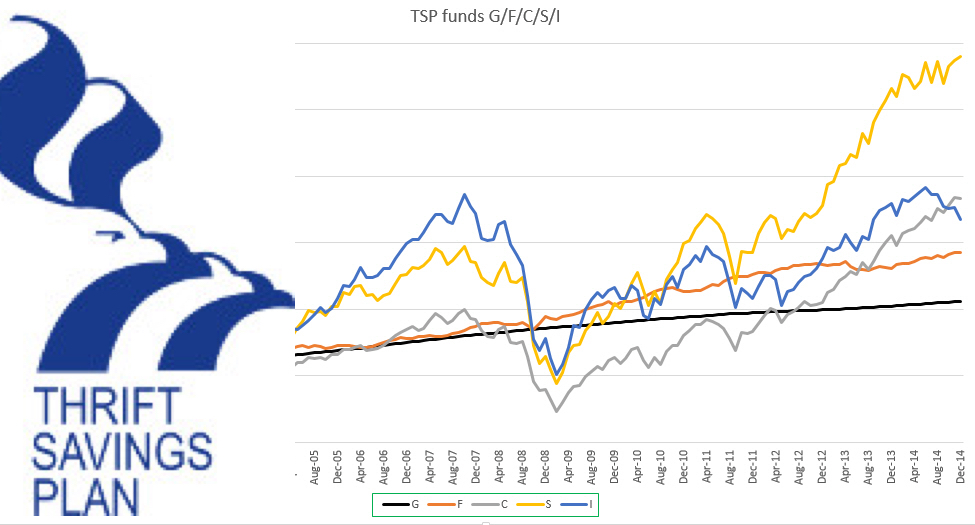What Next to Manage Your TSP: Buy, Sell, or Sit Tight? By: Brad Furges

Some time back, hundreds of Thrift Savings Plan account participants were dreaming of their entry into the Millionaires Club. Some believed that by mid-year, their accounts would have more than $2 million. Now, this seems like only a dream. So the question for all federal employees who are managing their finances during their retirement is what to do next to manage their TSP? During the last time, the Great Recession of 2008-2009, tens of hundreds of active and retired feds moved out of their stock indexed C, S, and I funds. Most switched to the Treasury securities G fund. Many never invested in stocks despite the 11-year bull market. So who can be done next? And what could have been done correctly at that time, and now? In this article, we will try to put some light on this question:
To get an answer to this question, we contacted Abraham Grungold. He is a successful TSP investor and a financial coach who is known for his thoughts and a fantastic sense of words of wisdom. He answered this question and said that, for employees under the Federal Employees Retirement System (FERS), it is the best time to buy.
The ongoing COVID-19 pandemic is scary. People are losing their lives, and they should not be treated lightly. Everyone needs to stay cautious with his or her personal and financial health. This may end in the coming weeks or in months. The economic health has certainly taken everyone on the chin. Everyone feels knocked down, but we will return and become sharper after the outbreak is over. As far as employees under the FERS system are concerned, employees who have a Thrift Savings Plan will buy in a downward market. Doesn’t matter, if you are one year away from retirement or more from retirement, this time is a perfect buying opportunity.
He said he has transferred his cash balances to the C fund and changed his future contributions to buying C funds. For his personal IRA, he is purchasing every time the DOW dropped another 10%, buying when the market is low 10%, 20%, and then at 30%.
At his financial coaching site, he has both clients who are federal employees and non-federal employees. His advice is not to sell anything to all clients because you don’t lose anything when you don’t do anything. If you are watching the game, you will not be at a loss. But there are clients he is told that when the Dow dropped to 30% is the time to buy something. The financial expert’s advice is to buy when the market is low. One of his federal employee clients transferred 50% of his account into the C fund. That person retired, so 50% was good enough for him. There is one more fed client who has both C and F funds. Grungold advised him to increase his contributions to the maximum since he was good enough and could afford to do so.
Grungold said, “I also have two non-FERS clients—one purchased a considerable amount in an S&P 500 Fund with Vanguard, and the other is waiting to see a drop in the S&P fund. It is advised to invest in small quantities, and when the market is low, that is 20-30% of any purchase is a good option. For many non-fed clients who had small cash, I suggested high-quality value stocks going down 25-30% but which will come up quickly after the virus has left us.”
“No matter what type of decision you take on, the most important thing is that you feel good and comfortable with whatever you are doing. The money is yours, so the decision to invest it should rest in your hands only. Please do not hesitate to contact me on LinkedIn or my Facebook page for more queries.”






